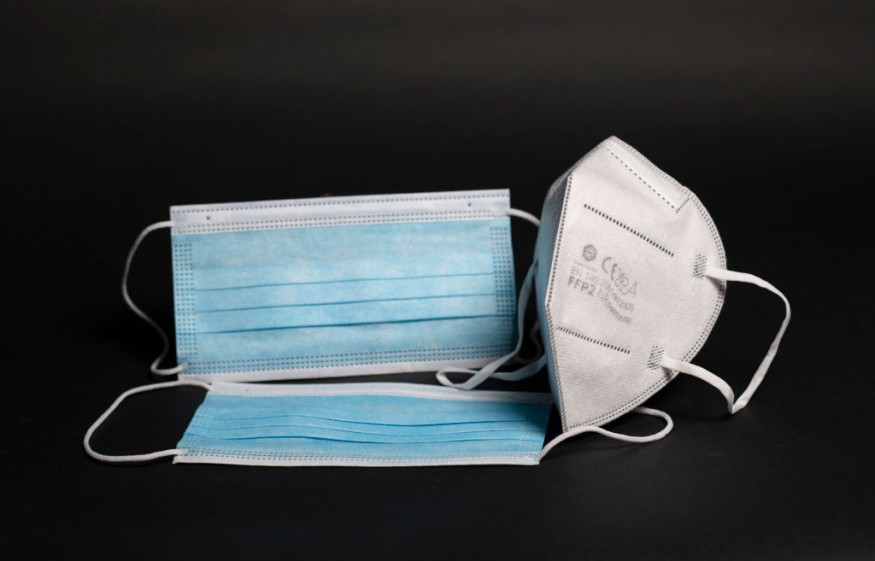A mask called Airgami is competing for a part of the half-million-dollar purse in a contest's final phase. The competition dubbed "the Mask Innovation Challenge" is run by the United States Biomedical Advanced Research and Development or BARDA.
The competition, a Science Advances report specified that according to BARDA pharmacologist and toxicologist Kumiko Lippold, who's organizing the challenge, aims to promote masks "that have a better fit, function and look" compared to the present designs and to nurture the "rather underfunded" and slightly stagnant ecosystem of the development of masks.
Ten finalists, selected from over 1,400 entrants, comprise the so-called "mom-and-pop" innovators like Air99, a team from Georgetown University, and big players such as Levi Strauss & Co. and Amazon.
To examine the masks, BARDA has partnered with the National Institute for Occupational Safety and Health NIOSH, which provides testing and approval for N95 respirators, the type that fit the face snugly, and have a high filtration efficacy.
BARDA, which has also teamed up with the National Institute of Standards and Technology or NIST, is planning to announce a winner in October this year.

Misconceptions About Face Masks
With billions donning face masks for the first time in 2020 and complaining about their shortcomings, the COVID-19 crisis has stimulated a surge in mask studies.
Specifically, in a research published in the Aerosol Science and Technology journal, for instance, William Lindsley, NIOSH engineer and aerosol researcher, and colleagues compared 19 extensively used face coverings by connecting them to a respiratory aerosol simulator, a mannequin head form that's breathing and coughing.
Lindsley emphasized that the two biggest misconceptions about masks are that they do not work and are magic, "and you're protected no matter what.
However, the study showed that bandanas are terrible at capturing aerosols and filtering inhaled ears when people breathe out and cough.
Origami-Inspired Mask
The BARDA challenge finalists each offer unique enhancements. In the case of Airgami, beauty is essential, electrical and computer engineer and Air99 owner Richard Gordon said, although that's not why he and his wife Min Xiao entered the field.
Their search started well before the global health crisis when they moved to Suzhou, China, in 2011 for the wife's new job.
Pollution in China was horrible, and the N95 masks they had brought, manufactured by 3M for construction workers, were not suitable for their son.
Immediately, Gordon said he began to cut out 3M masks and glued and stapled them to shrink them down to fit him.
The boy's problem, coupled with the discomfort and fit issues he experienced with his face coverings, led him to design a better face-covering after their family returned to the United States in 2015.
The Airgami is a twist on a famous origami design; the magic ball also called the "dragon's egg," is sliced in half, which creates a large creating space and tightly fits on the face.
Investigating Air Leaks from the Edges of Masks
Matthew Staymates, the NIST fluid dynamics, will test the finalists for leakage with schileren imaging, using lenses and mirrors to picture changes in air temperature.
The dynamicist has coupled this with high-speed video cameras, which enable him to capture the air leaking from the edges of masks when people breathe.
The major challenge facing mask makers is not new materials but design, explained Staymates. He added fabrics that can be made that have amazing filtration efficacy, and the N95 is a perfect example.
Related information about face masks that are safe to use is shown on CBC News's YouTube video below:
RELATED ARTICLE : 3 Tips to Prevent Eyeglasses From Fogging Up With a Face Mask
Check out more news and information on Face Masks on Science Times.
© 2025 ScienceTimes.com All rights reserved. Do not reproduce without permission. The window to the world of Science Times.












